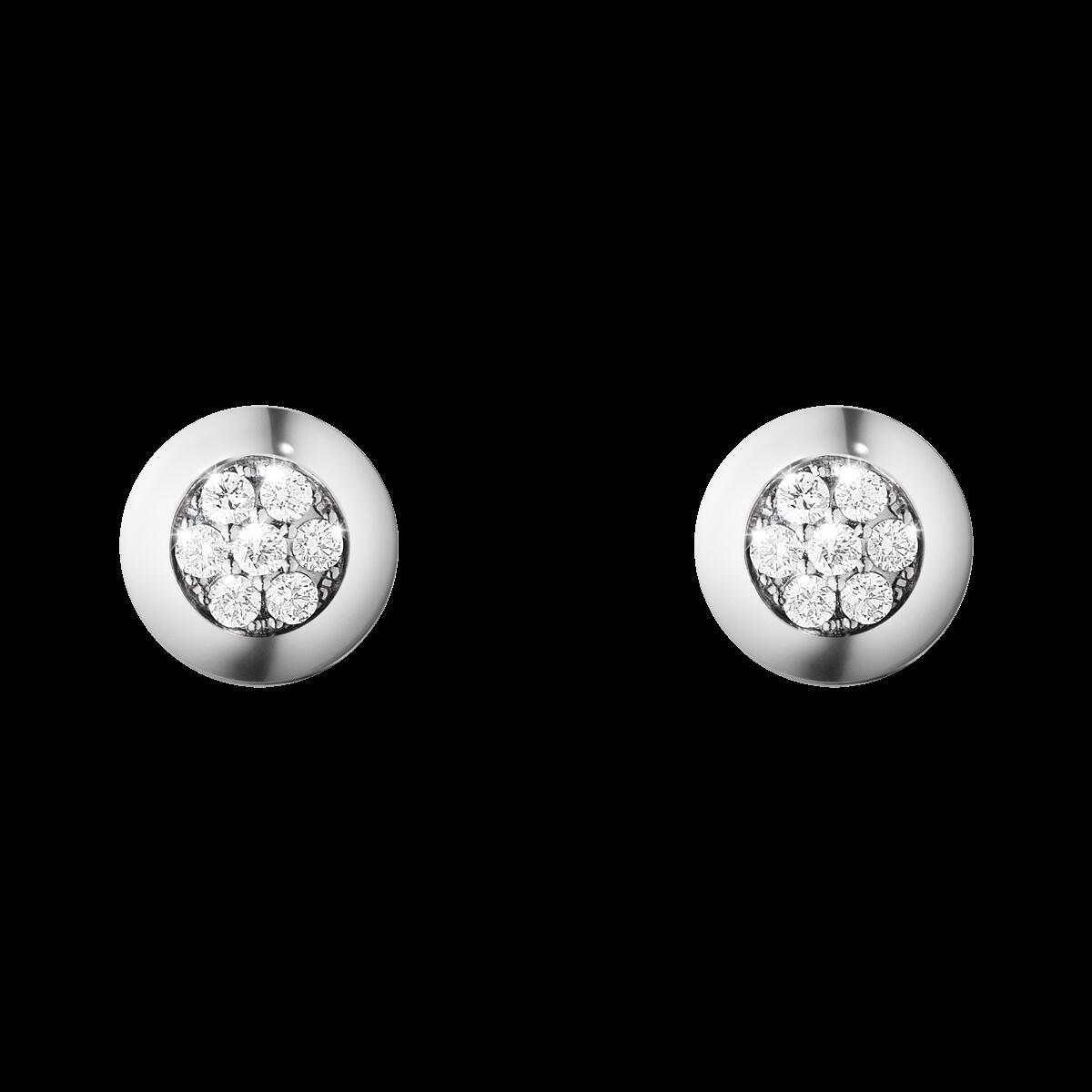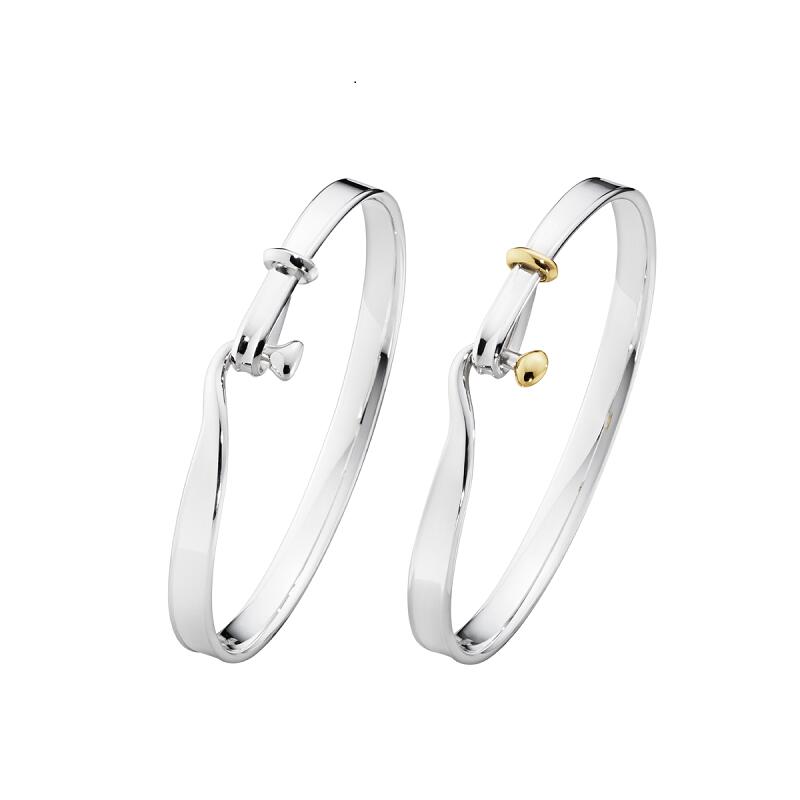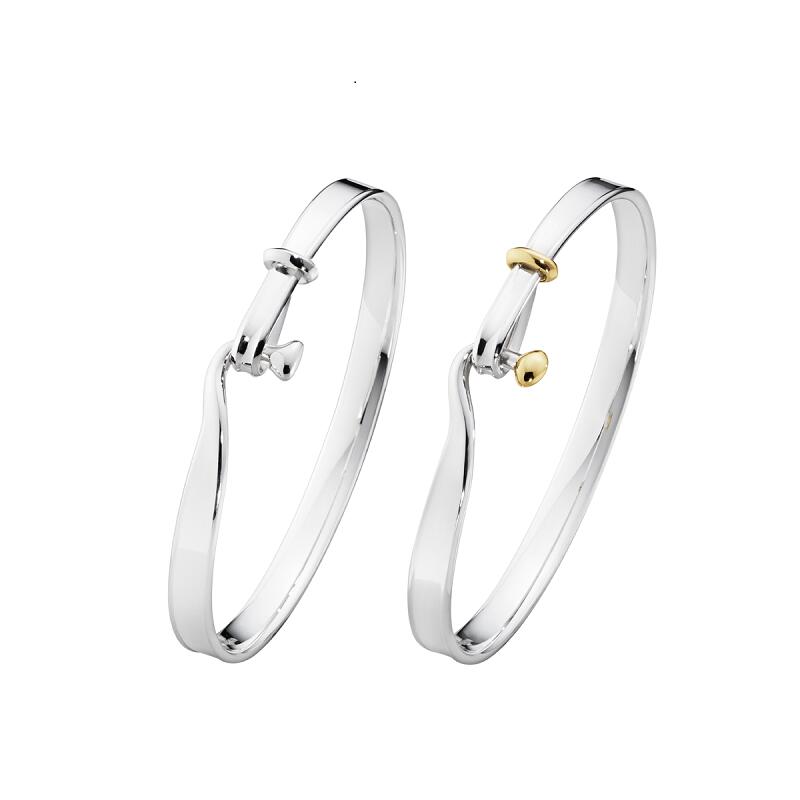How are Gemstones Formed?
Gemstones are mainly used for personal adornment. Here we take a brief look in to how they are formed.
Interview with Shiny Bee on October 19, 2022
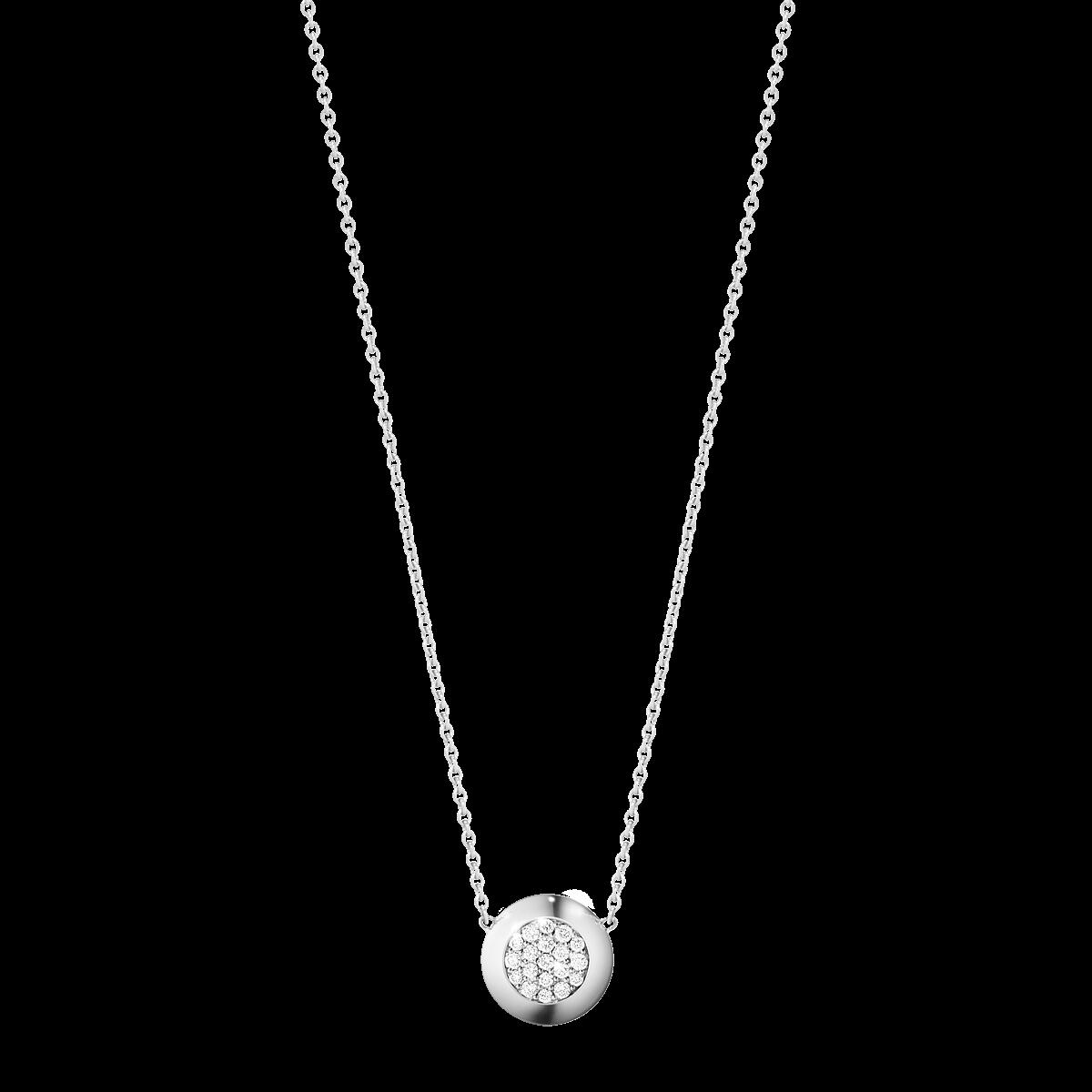

Georg Jensen Aurora 18ct White Gold 0.13ct Diamond Pave Necklace - Default Title / Silver
View DetailsWhat is a gemstone?
A gemstone is a piece of natural mineral, rock, or petrified wood that is used for personal adornment, display, or other decorative purposes.
How are gemstones formed?
Gemstones are formed through a variety of processes. Most gemstones are formed over time as minerals crystallize under high pressure and temperature deep within the Earth’s crust. Some of the most common gemstones, like diamonds and rubies, form in this way. Others, like opals, form when water percolates through rocks and deposits minerals that gradually harden into a stone. And still others, like turquoise, form when groundwater seeps into fractures in rock and becomes trapped there.
How do crystals form within minerals?
The vast majority of crystals form within minerals as a result of either magmatic or metamorphic processes. Magmatic processes involve the cooling and solidification of molten rock, while metamorphic processes involve the heating and recrystallization of preexisting rocks.
What determines the shape of a crystal?
The shape of a crystal is determined by its structure and the orientation of the atoms within that structure. The atoms in a crystal are arranged in a repeating pattern, and the way they are arranged affects the overall shape of the crystal.
What is the rarest gemstone?
The rarest gemstone is diamonds.
Are all gemstones crystals?
No, not all gemstones are crystals. Gemstones can be classified as either minerals or organic materials. Minerals are inorganic and have a crystalline structure, while organic materials are typically made up of plant or animal products.
How do non crystalline gemstones form?
Many non-crystalline gemstones form through the process of precipitation. This is when mineral-rich fluids slowly solidify and precipitate out of solution.
What determines the hardness of a gemstone?
The hardness of a gemstone is determined by the type of mineral it is made of.
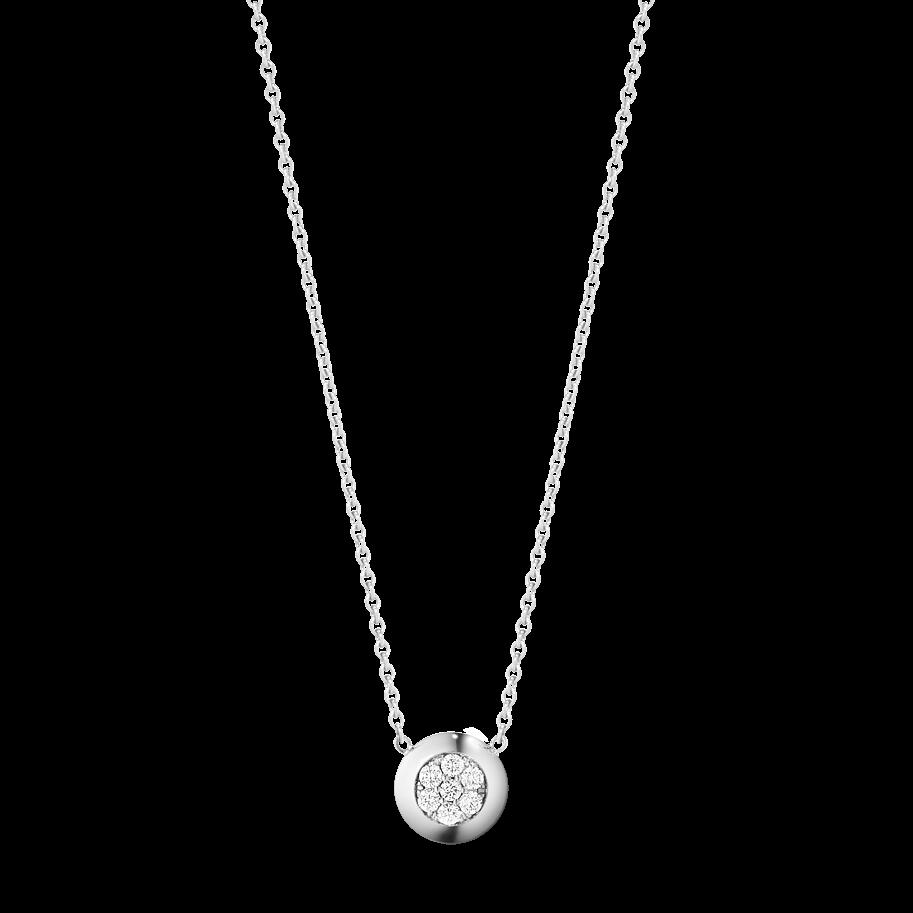
Georg Jensen Aurora 18ct White Gold 0.10ct Diamond Pave Necklace - Default Title / Silver
View DetailsWhat is Mohs scale of hardness and how is it used to identify gemstones?
The Mohs scale of hardness is a measure of the relative hardness of gemstones. It ranges from 1 (softest) to 10 (hardest). The scale is named after German mineralogist and geologist Friedrich Mohs, who developed it in 1812.
The Mohs scale is used to identify gemstones by their resistance to scratching. For example, diamonds are very hard and resistant to scratching, so they would be assigned a hardness of 10 on the Mohs scale.
Can artificial or synthetic gemstones be made in a laboratory?
Yes, artificial or synthetic gemstones can be made in a laboratory. The process involves heating and cooling various minerals to create the desired gemstone.

